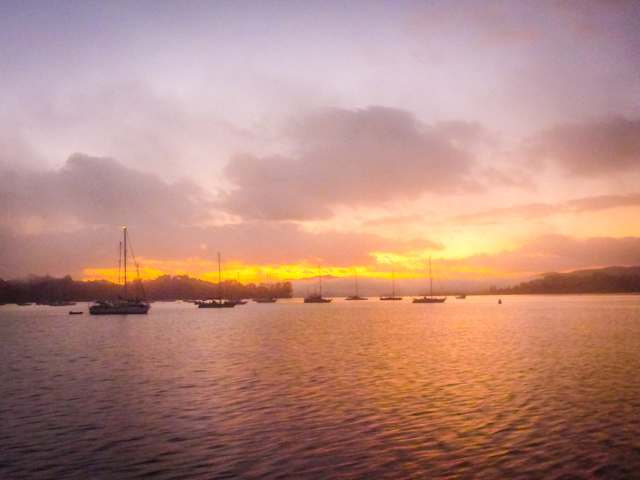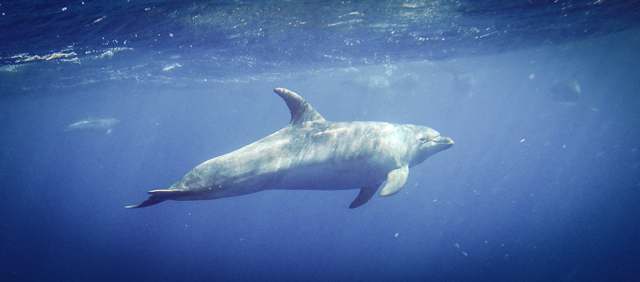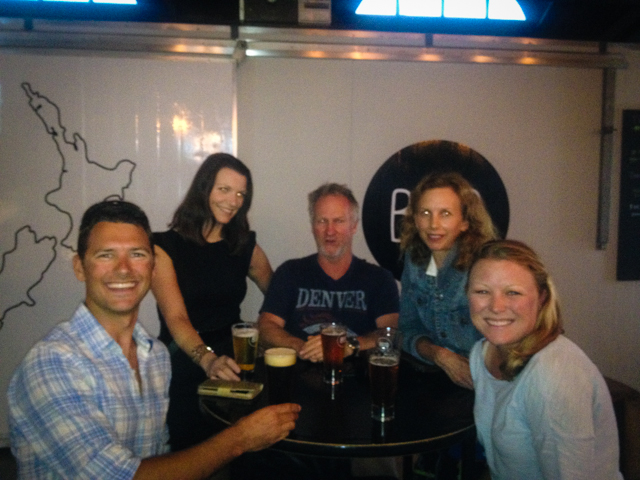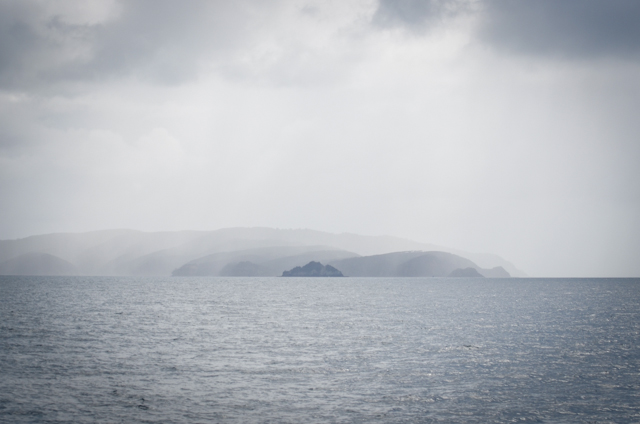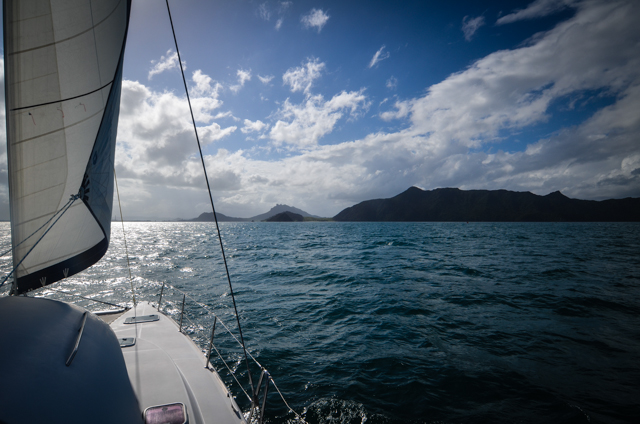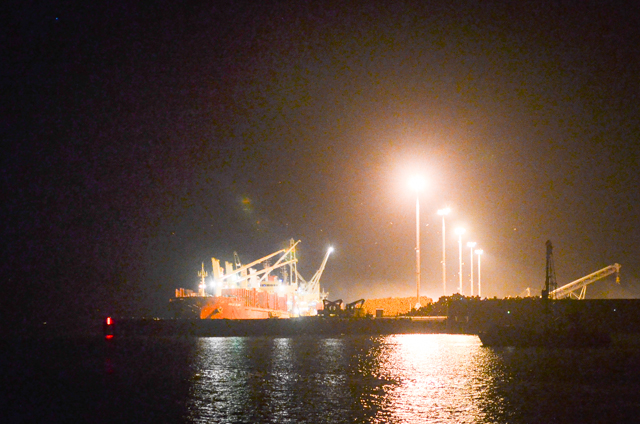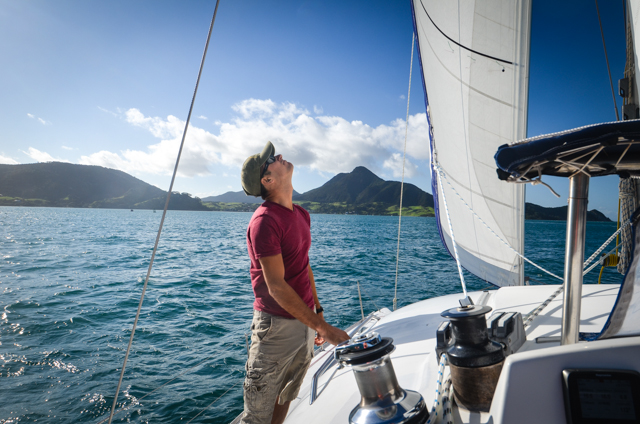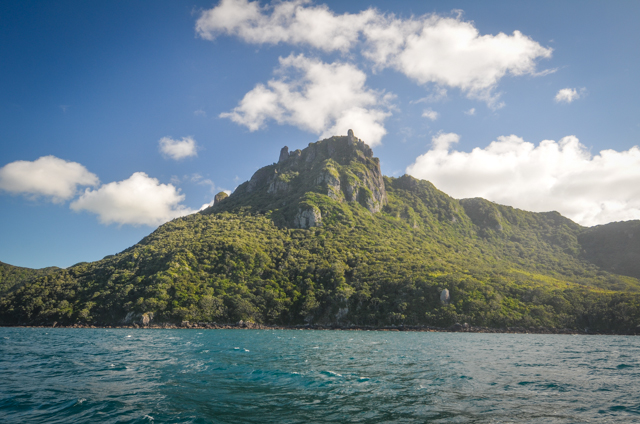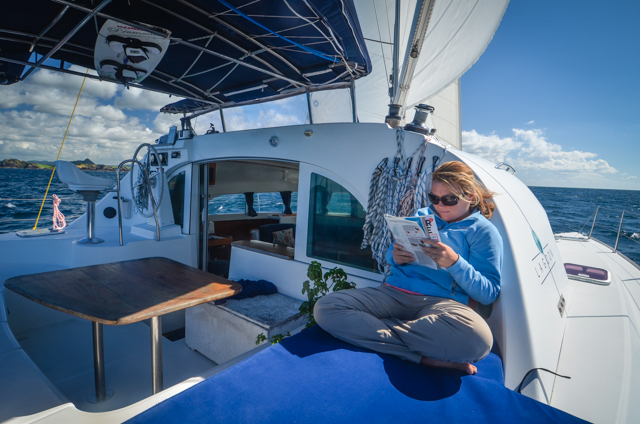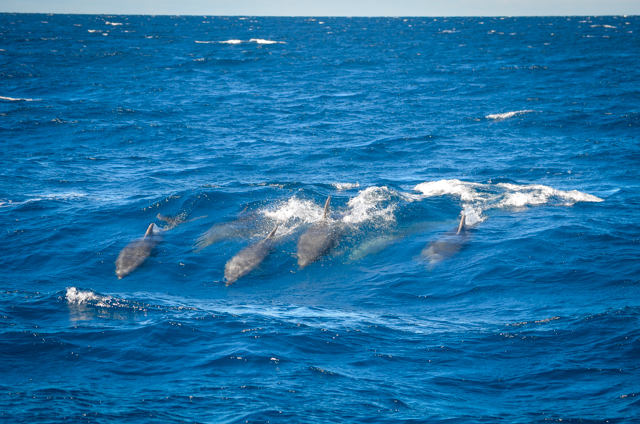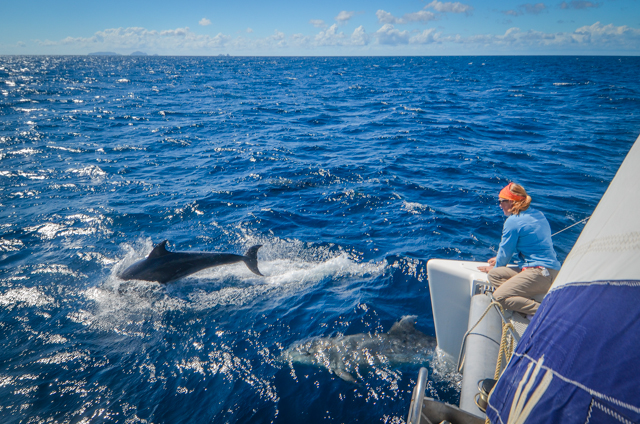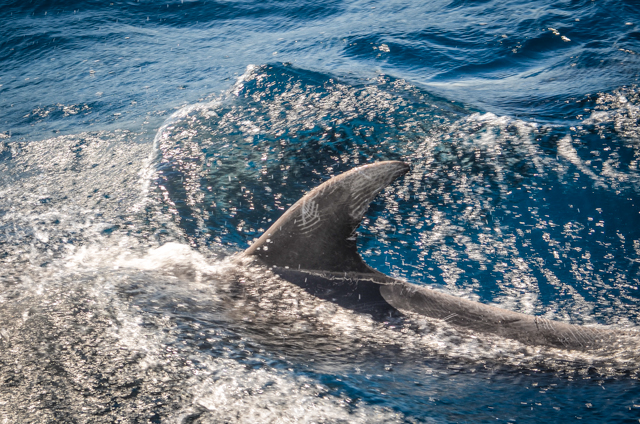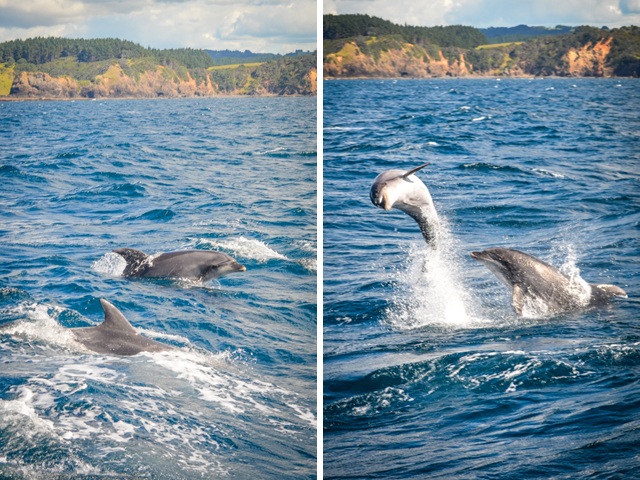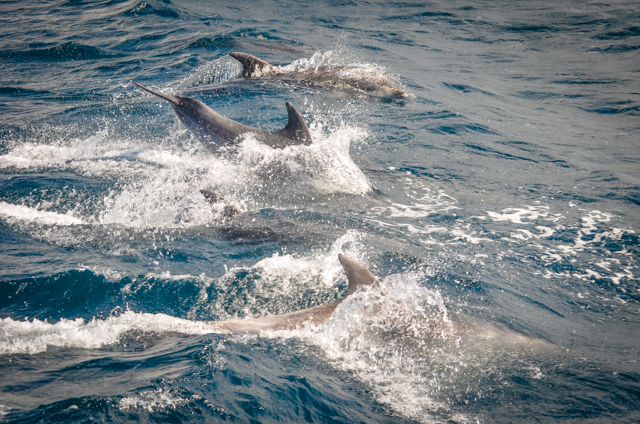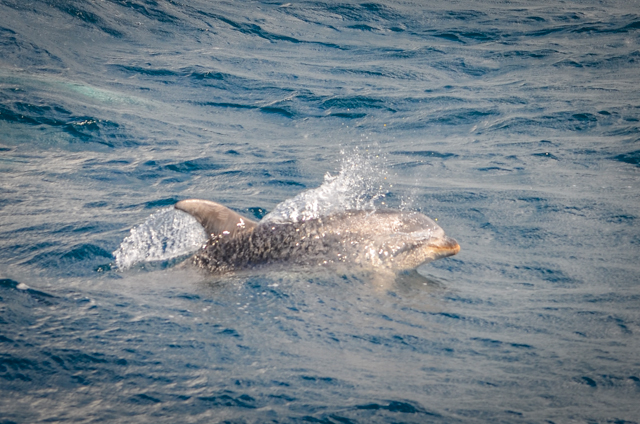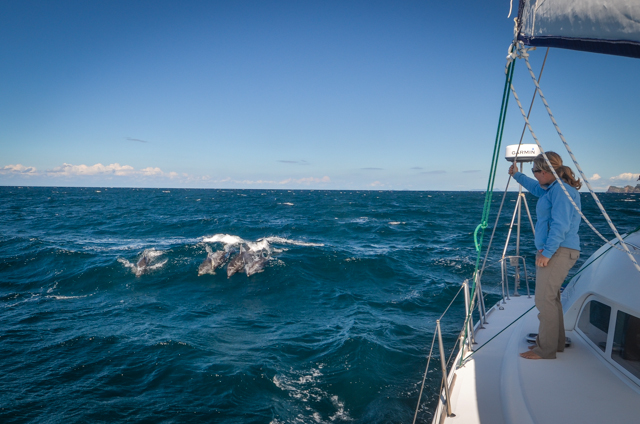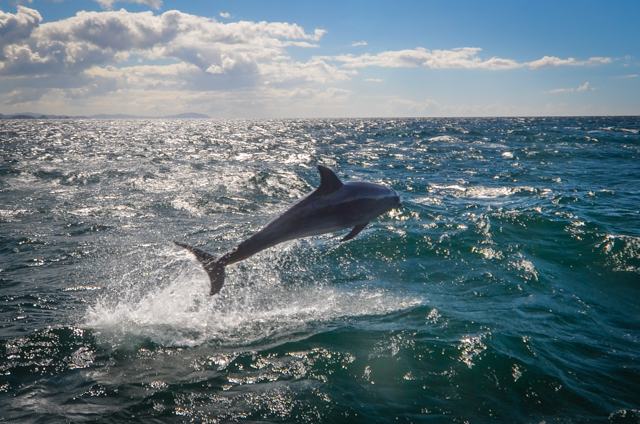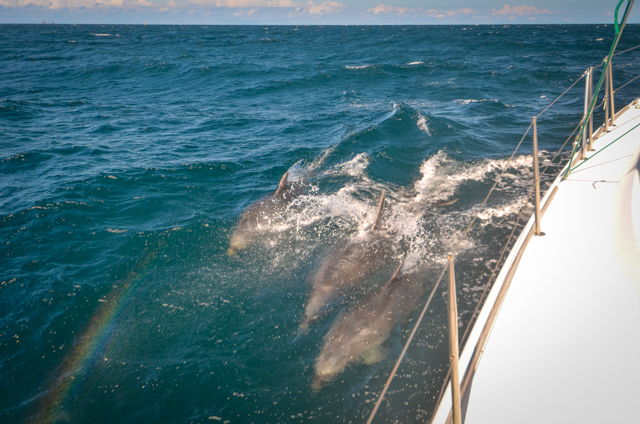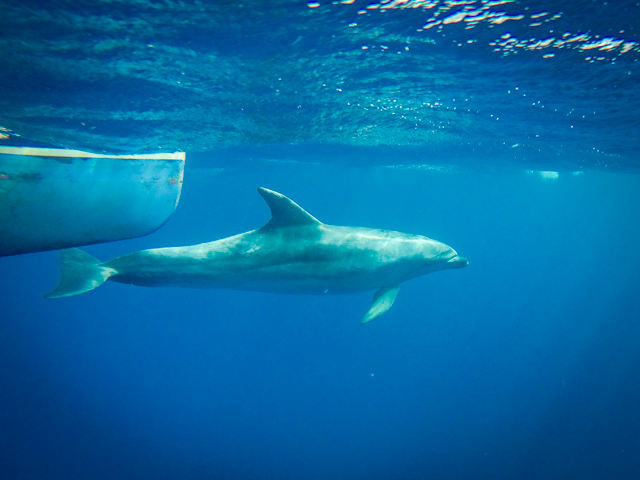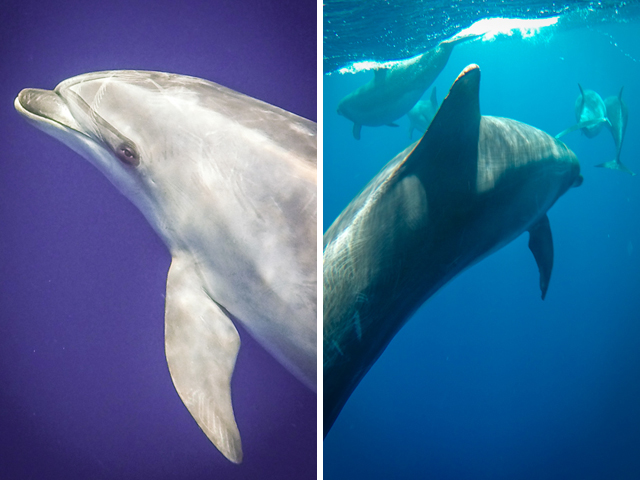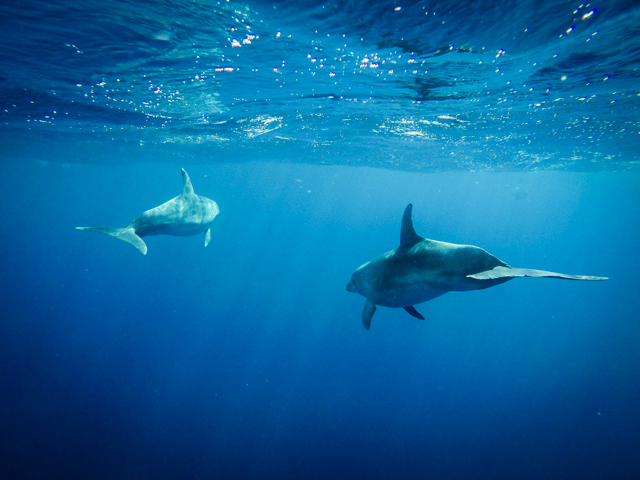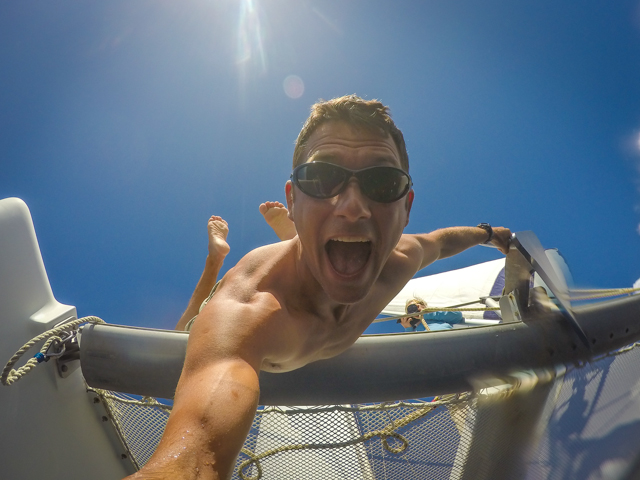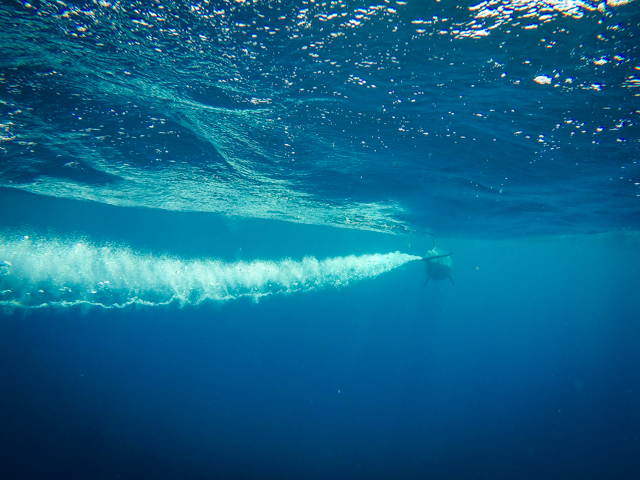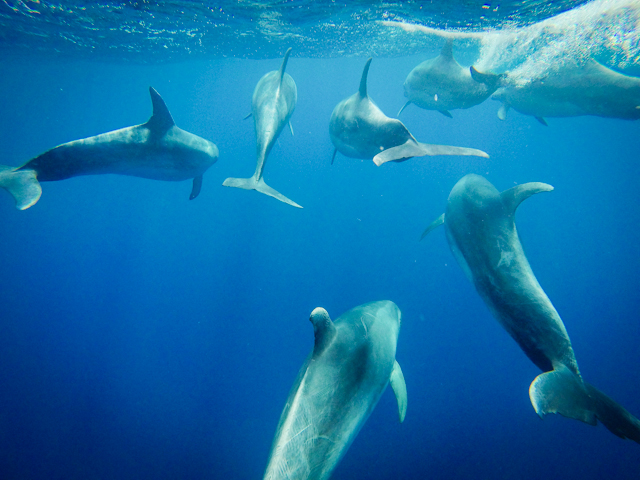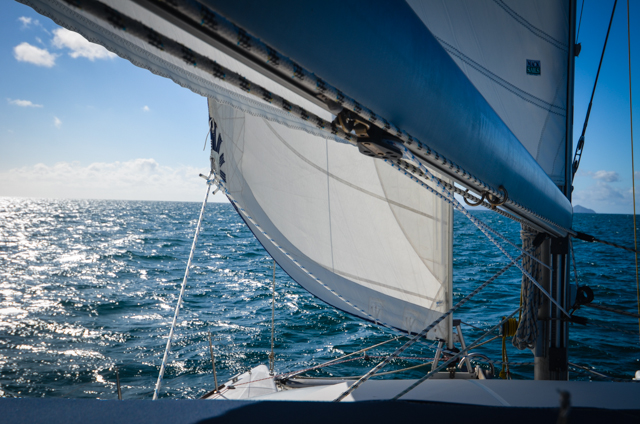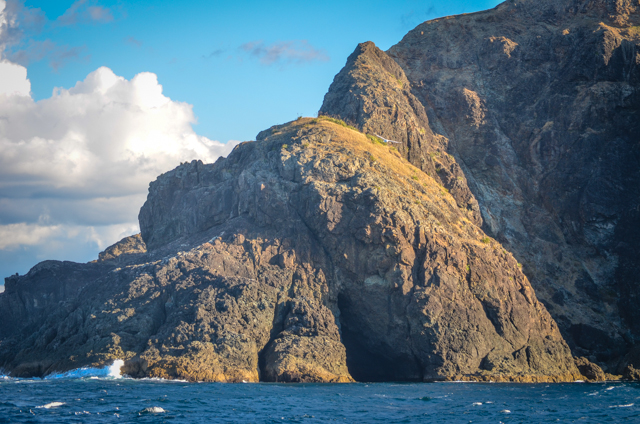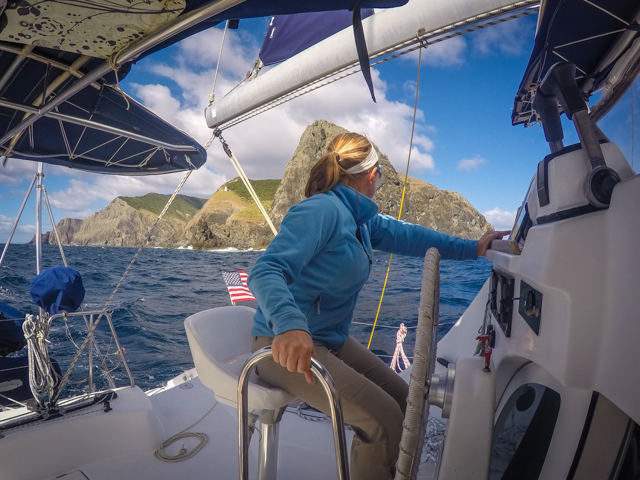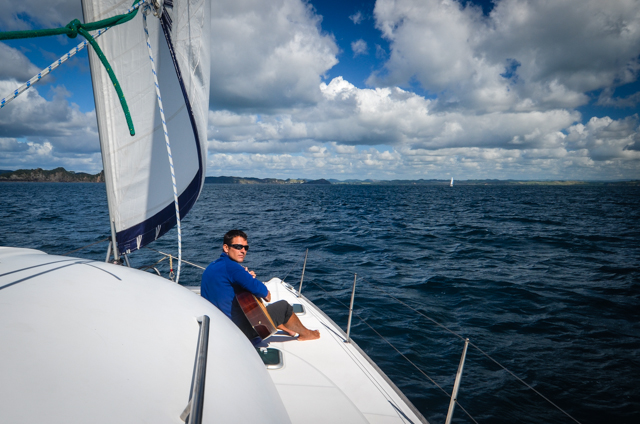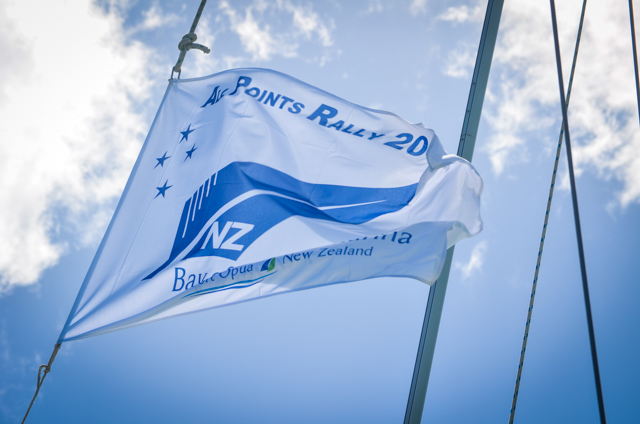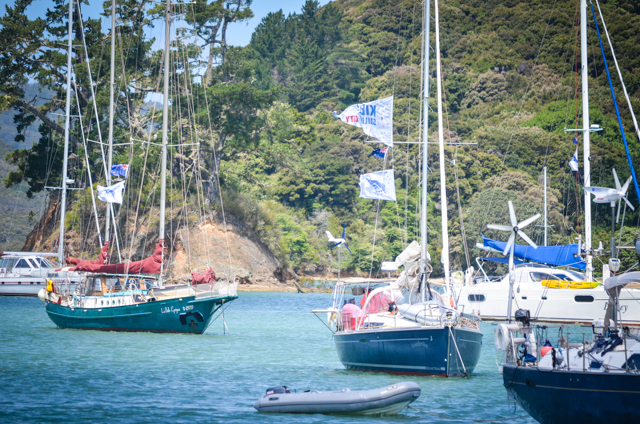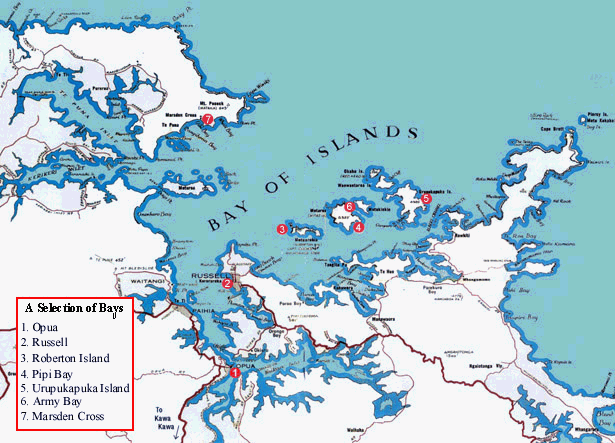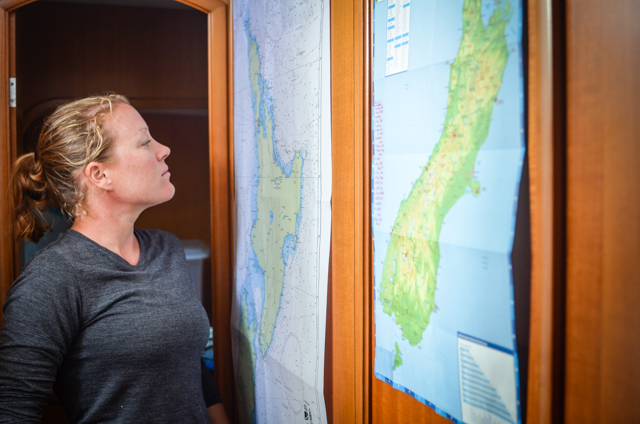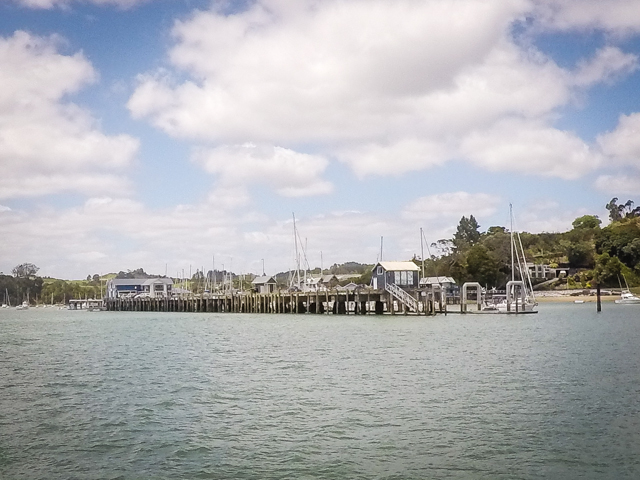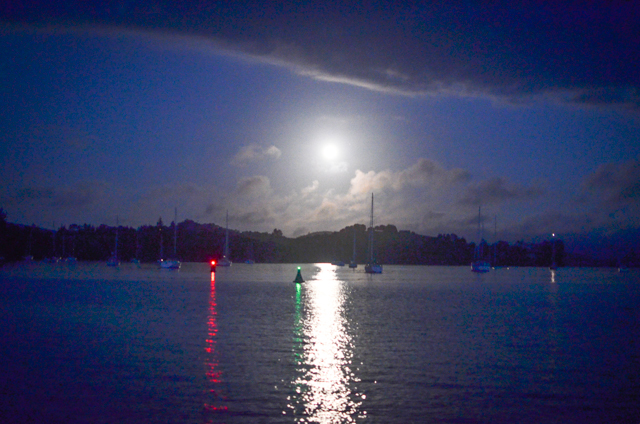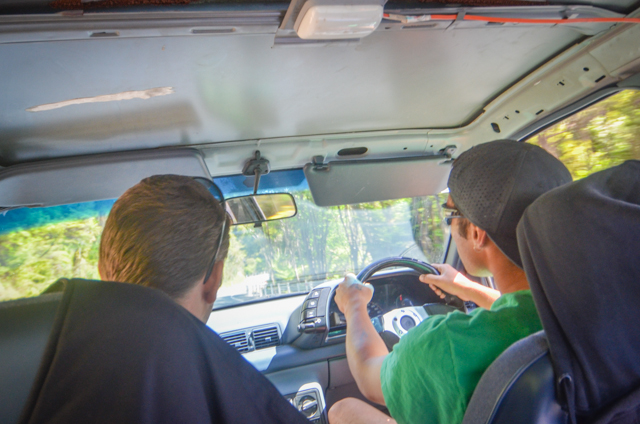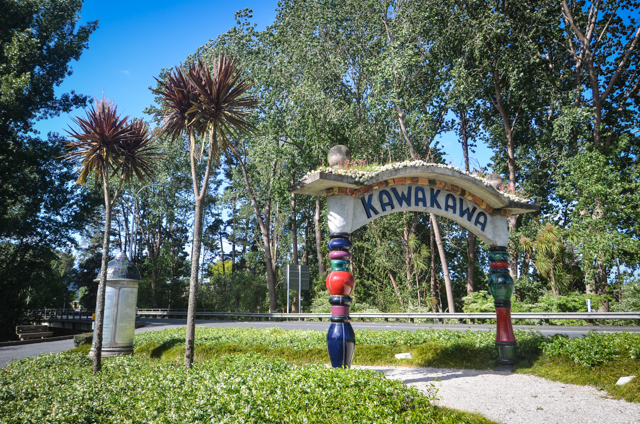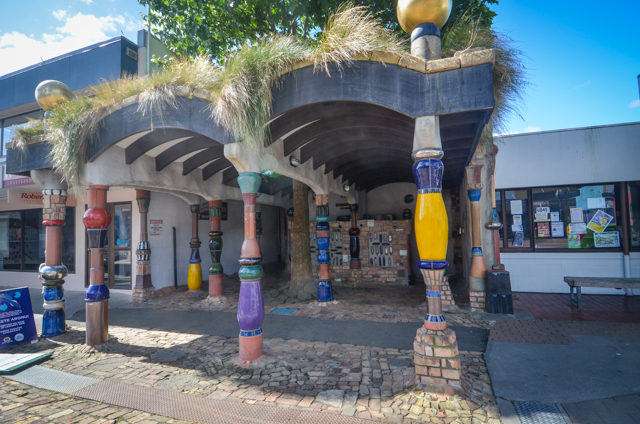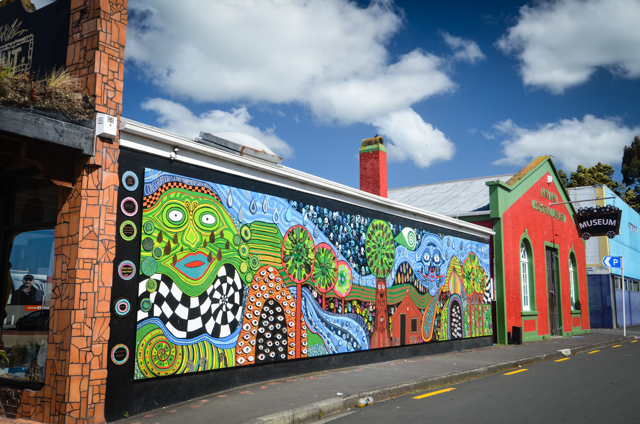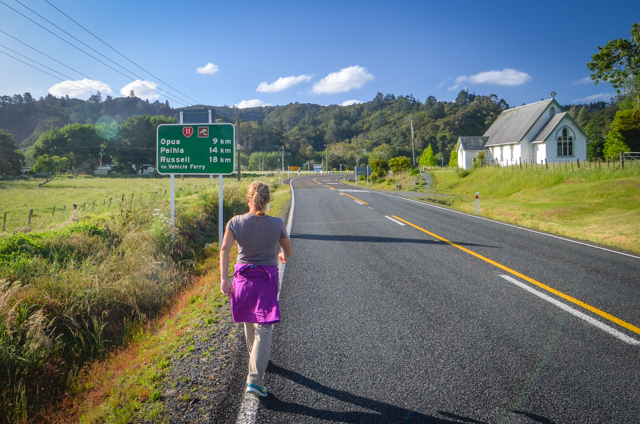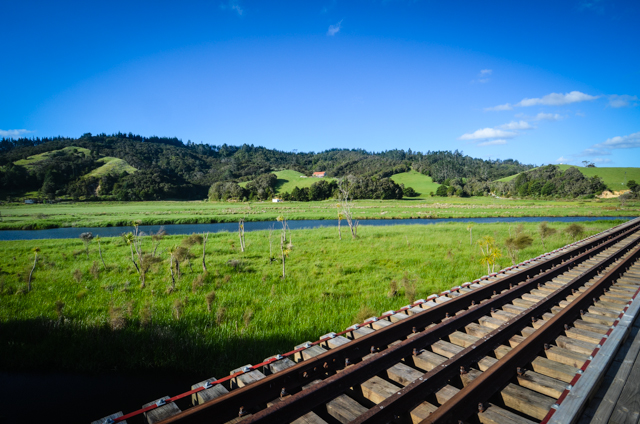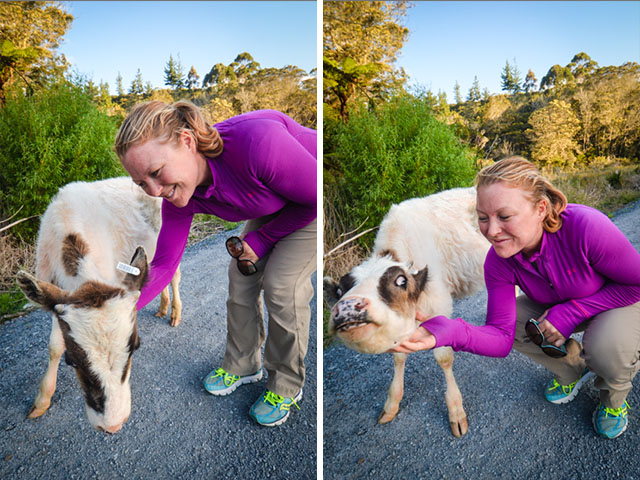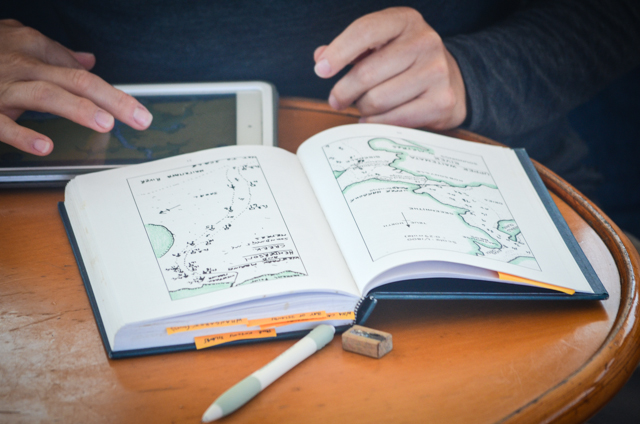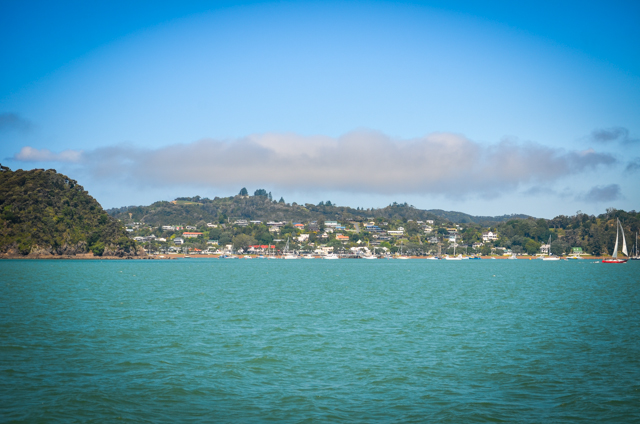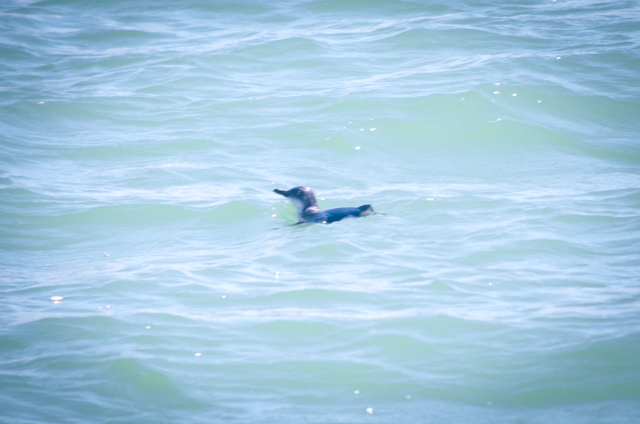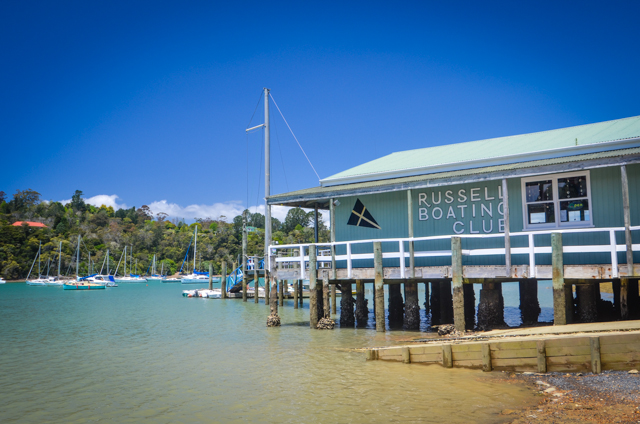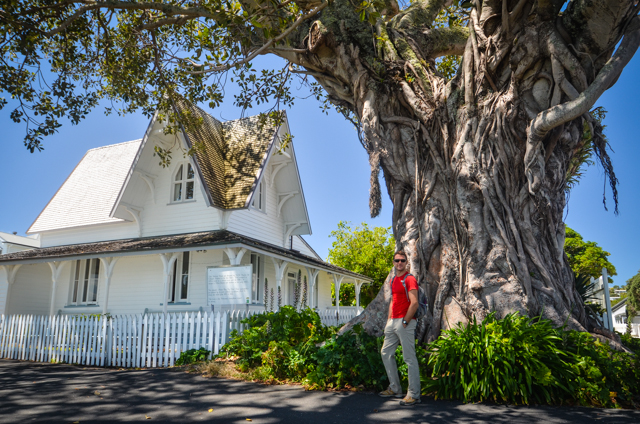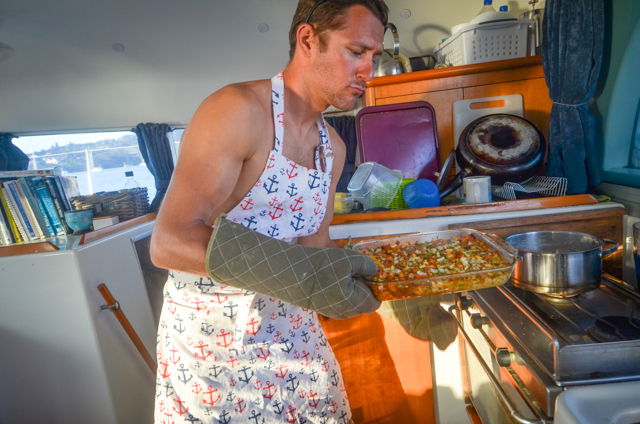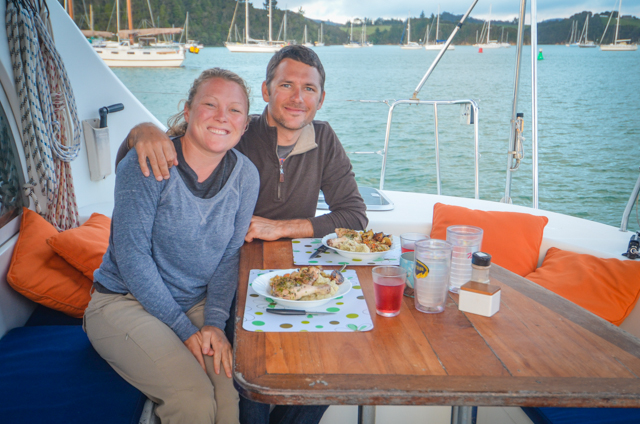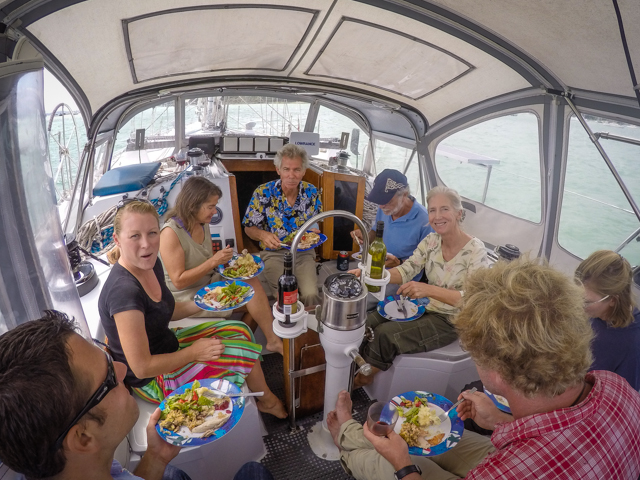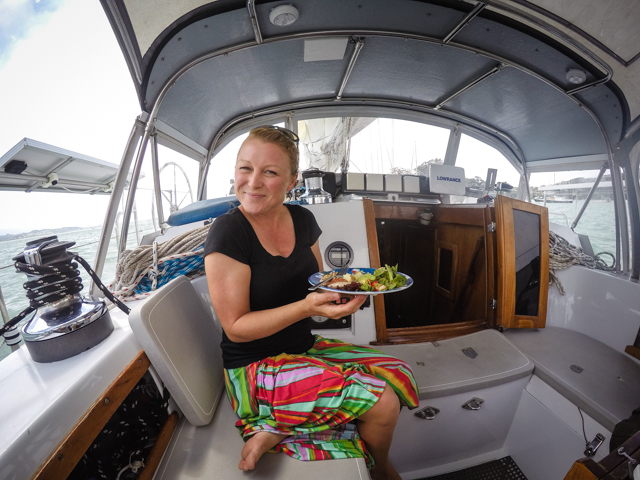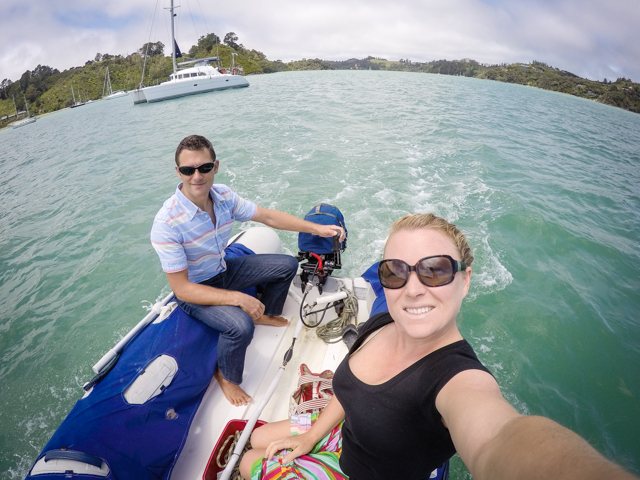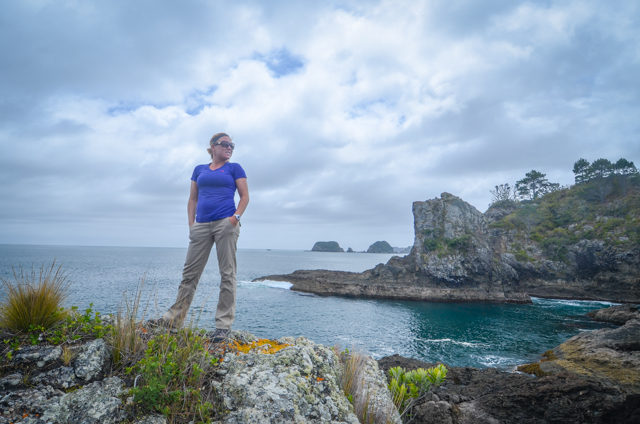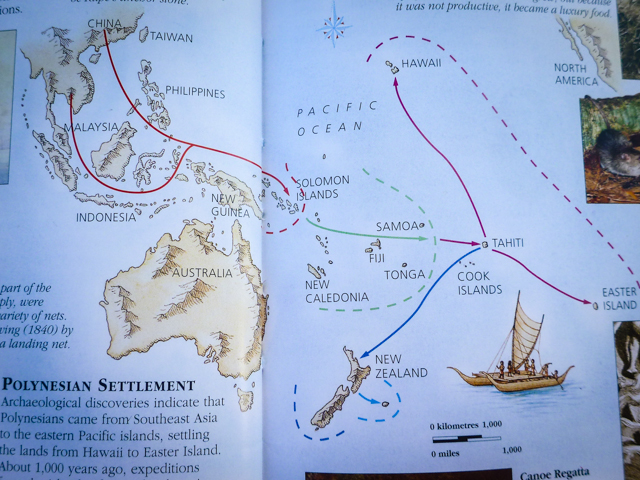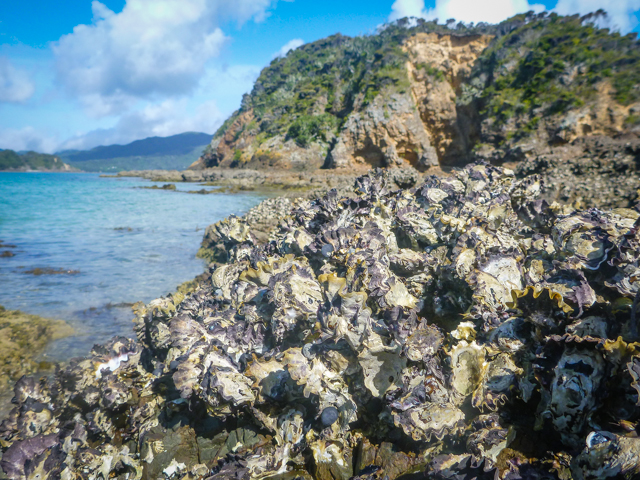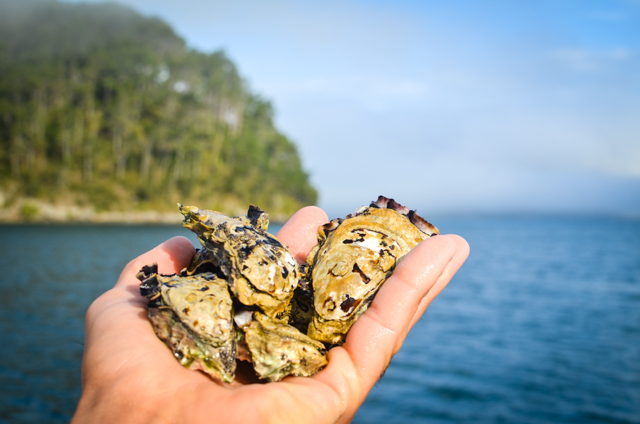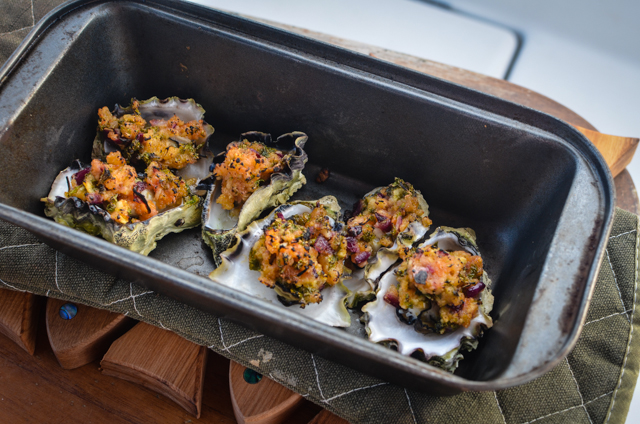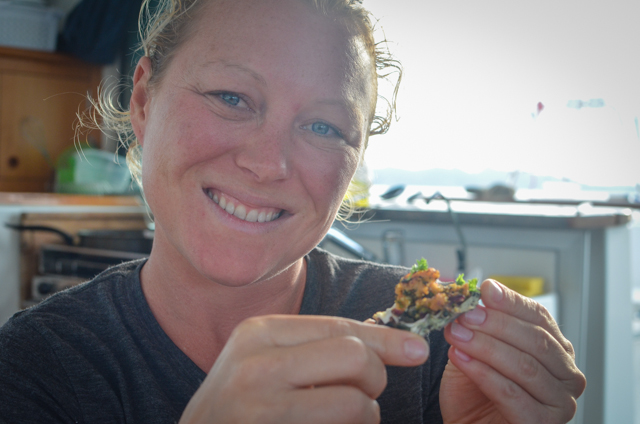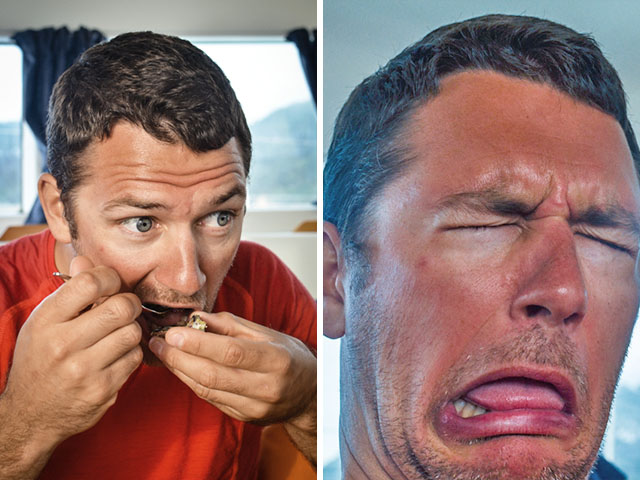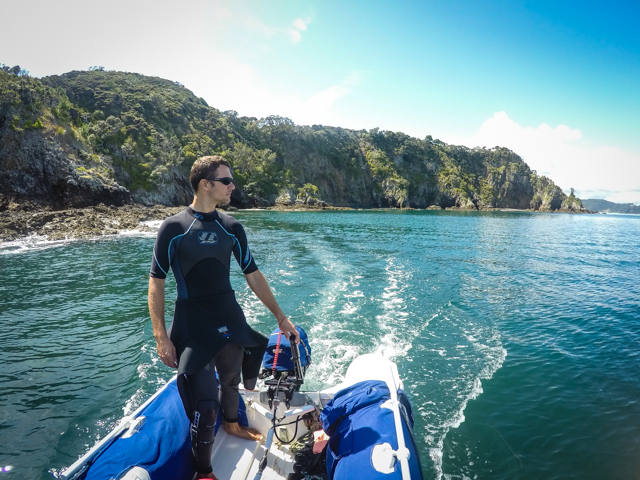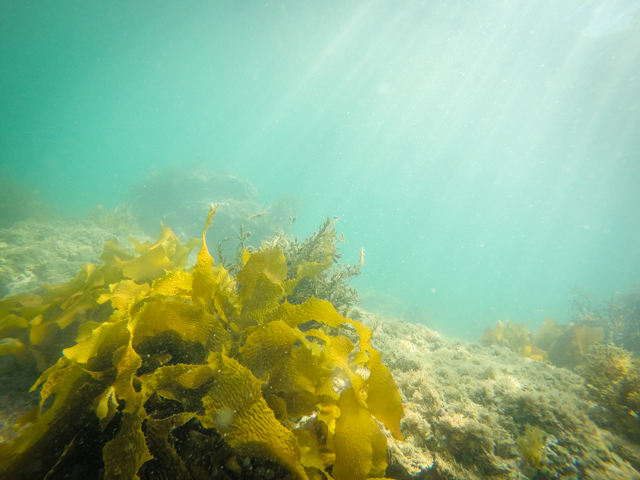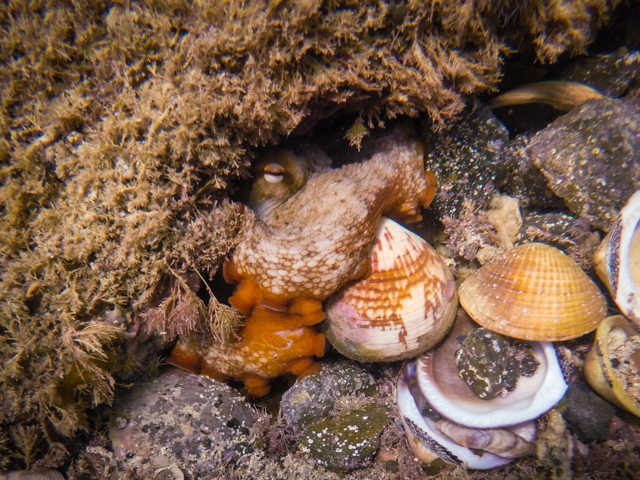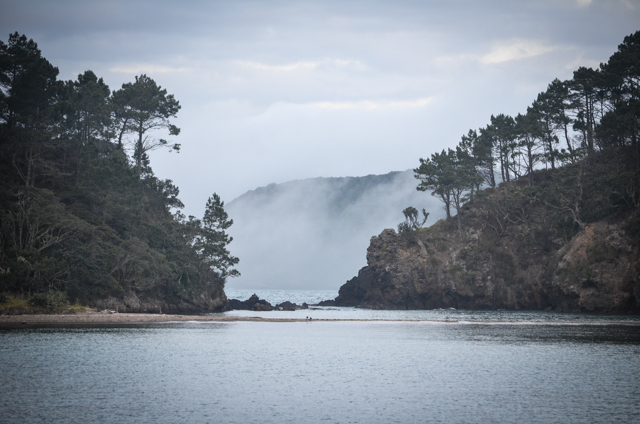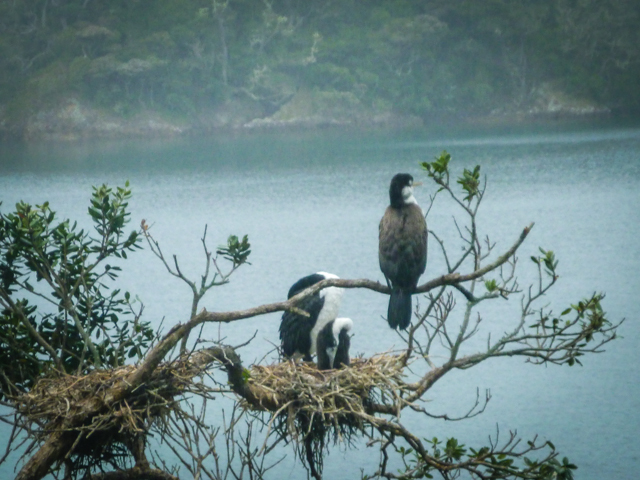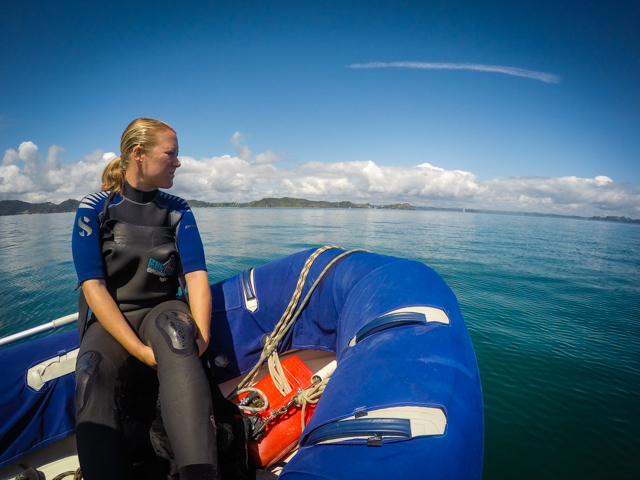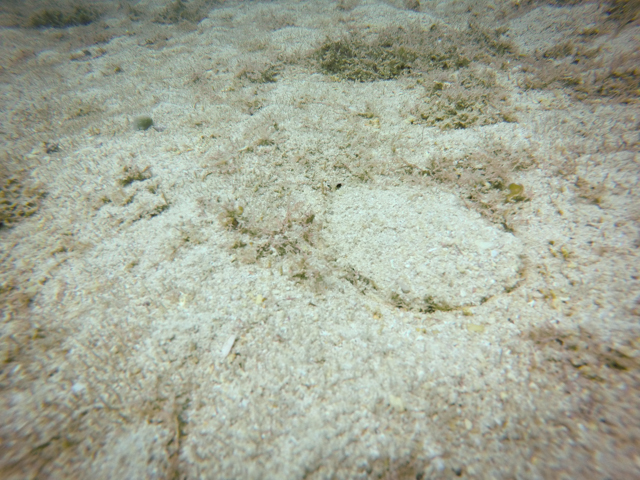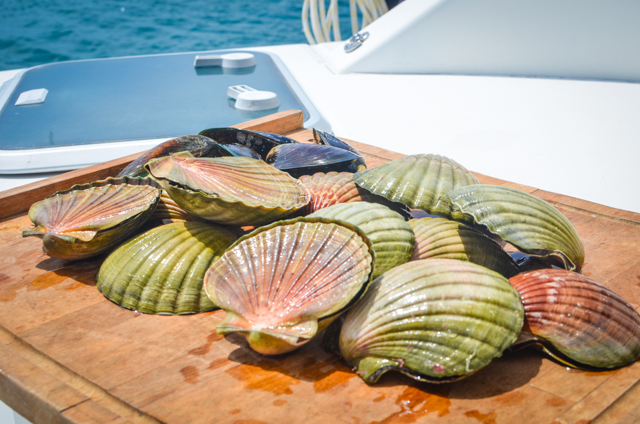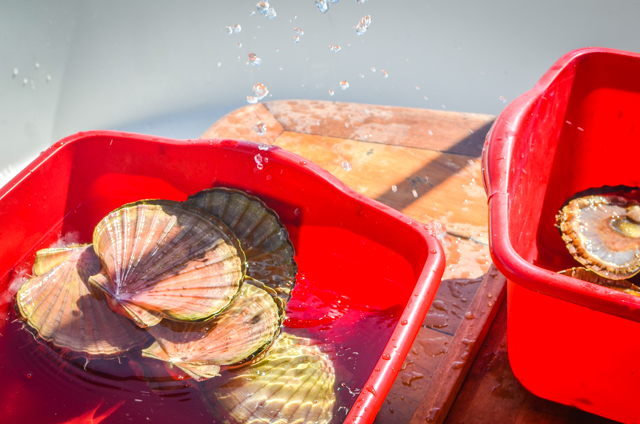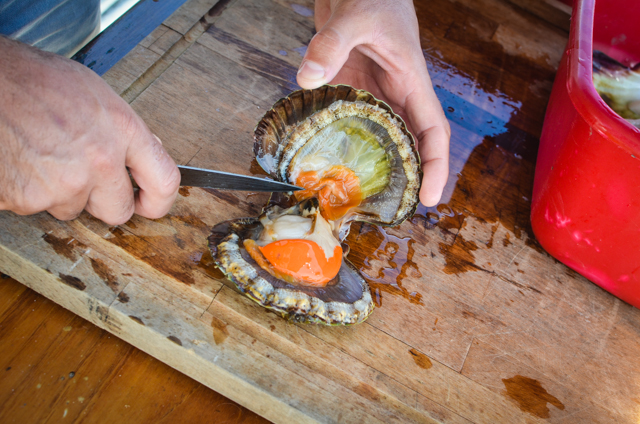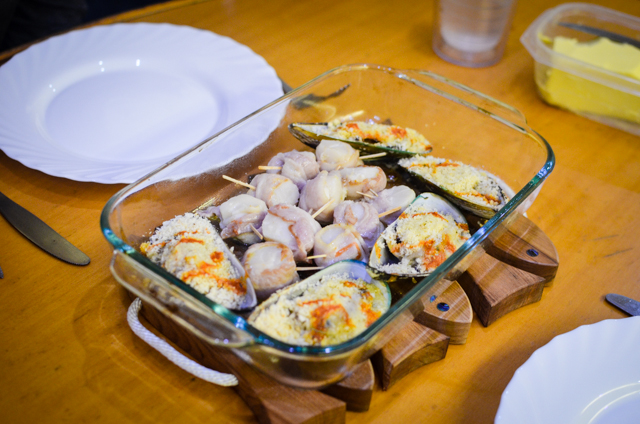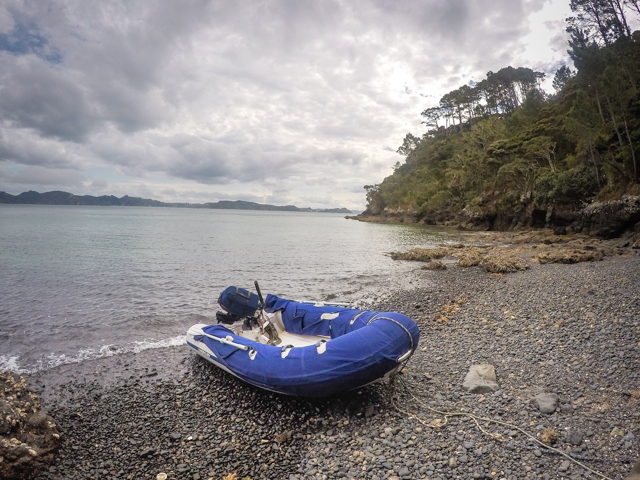Author: Pete
Location: Bay of Islands, New Zealand
Well, it’s time to go. We’ve been drifting around New Zealand for almost six months and the time has come to head for Australia. Half a year seemed like a long time to stay in Kiwi-land when we were planning the trip, but so much has been packed in that the time has flown and all of a sudden it’s time to go. Plus, it’s getting to be fall and the weather is oscillating between gorgeous and rainy, and I my wimpy blood just can’t handle that kind of climate swing.
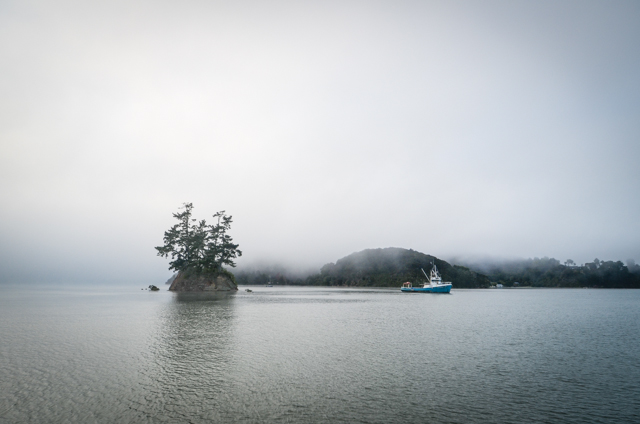

Standing in our way is the mercurial Tasman Sea. Somehow in my mind the Tasman looks like an ogre with a boar’s head, jealously guarding Australia’s golden shores. It’s late April now, and the highest chance of finding Taz in a pleasant mood. This is the sweet spot after the hurricanes stop threatening to drop in from the north and before hellacious winter storms roll up from the south. The window seems to last about four weeks and we’ve been watching the weather patterns closely as they develop over “The Ditch.” For the crossing, we’re enlisting the services of Bob McDavit, a local weather router guru who we used coming down from Fiji. The reassurance of an extra pair of eyes in the sky with current meteorologic data cannot be over exaggerated. I’d seriously sell my left kidney for it.
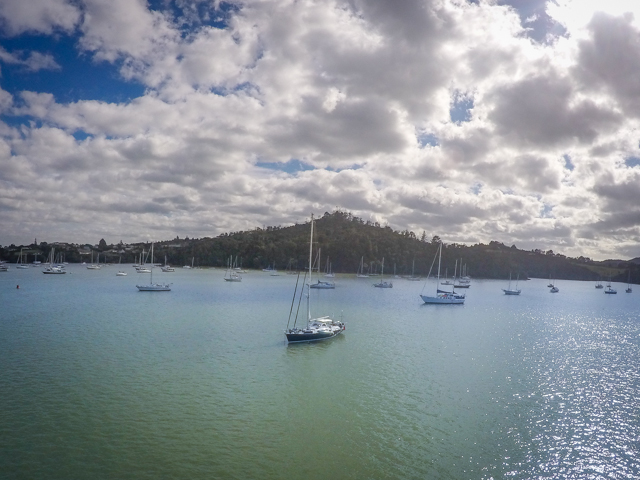
In the last couple weeks we’ve been working to get Tayrona gussied up and ready for sail and sale. After two years of salt abuse, some of the woodwork looked road-rashed like it fell off a Ducati. The varnish on the cockpit table was completely gone and the brightwork around the boat had dings and scuffs. Brightwork is commonly known in the non-anal-sailor community as ‘wood.’ We brought the two tables to a good local carpenter, and then I sanded and varnished everything else myself. It was a lot of dust in the boat, but now it looks sparkly and new. Hot showers in the marina take care of the dust even though you have to pay for them. I love the adage passed down from our friends on Pao Hana that, “Four dollar shower is more than twice as good as two dollar shower.” True dat.
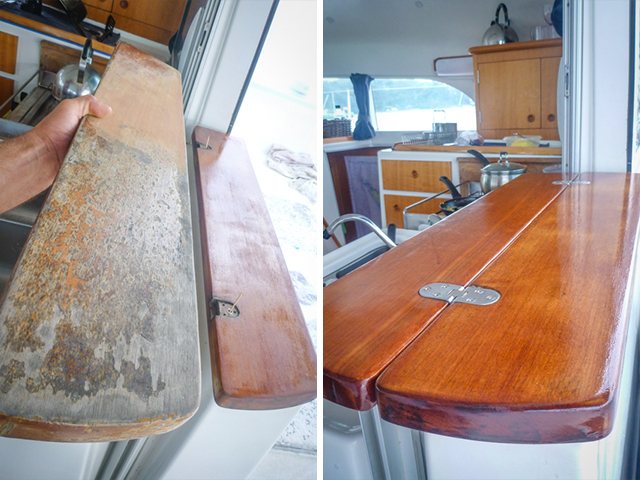
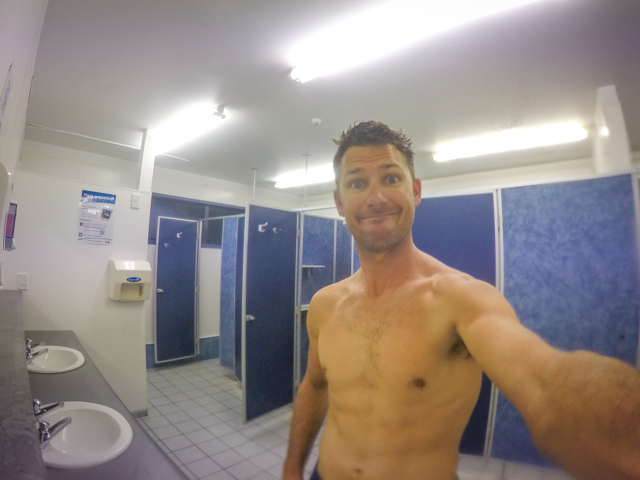
We also took the bimini off and replaced all the zippers, enjoying our convertible for a couple of days in the process. Predictably, we got a good deal of rain just about that time. I also went up the mast and polished the upper rigging, changed the oil and engine mounts, replaced the sink faucet and refrigerator latch, replaced head mirrors, and ejected tons of redundant equipment. Four anchors? Who needs four anchors? Tayrona is sitting a good six inches higher in the water.
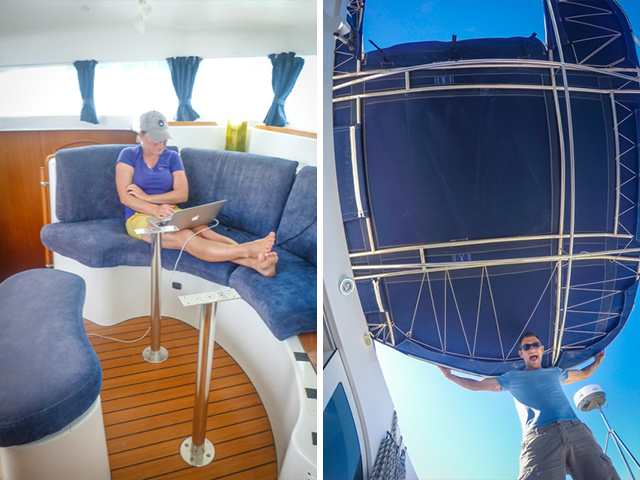
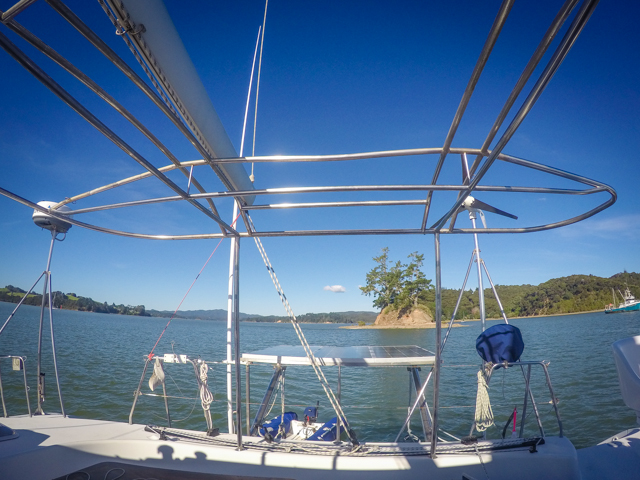

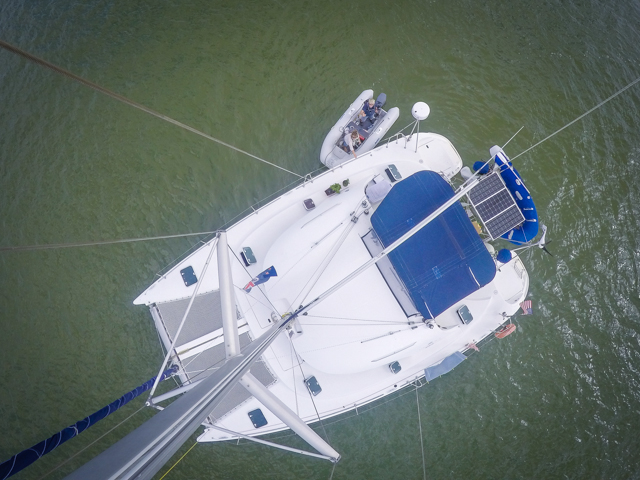

Although a host of projects filled our time from dawn to dusk, but we did get to spend time with friends. Most of our cruising buddies are gathering in Opua, staging here to provision before sailing to foreign shores. Our intended trajectories spread out in all directions, and it’s bittersweet to talk about everyone’s plans for the next months. The end of this entire trip is showing itself on the horizon. I’m taken aback by the realization that we likely won’t see some of our good friends again after we leave here. There are only a handful of boats that cross the Pacific Ocean every year, and in sharing stories and libations over thousands of miles of ocean crews form a unique bond. Sailors are brought together by mutual love of the life aquatic, the freedom of the boundless ocean, and more than a touch of masochism. Sailing friends celebrate the stunning experiences and bemoan the sorrows of sailors together, leaning on each other for support and camaraderie in some of the most beautifully inhospitable places on earth. Then, as it always happens in life, especially ours as expatriates, paths diverge. You have to say goodbye, wish each other fair winds and following seas, and know that your courses may not cross again. It’s sad, but part of the deal.
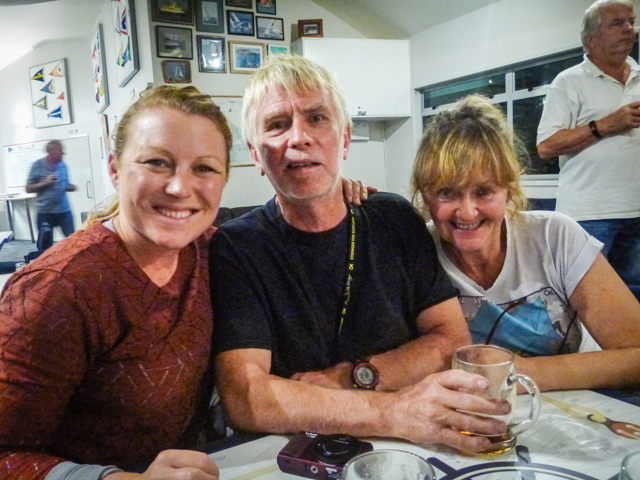
On a positive note, we picked up Denny from the Kerikeri airport after five flights from Traverse City. I expected to see a trickle of midwesterner come oozing out of the airplane door and puddle on the tarmac when the hatch was opened, but he showed little signs of travel wear. That’s a good sign for crew! We all went out for ribs, and in the next days got a few more things done around the boat and introduced him to friends we’ve been sailing with for the last year and a half. Watching the weather we got dire news about the conditions in the Tasman. Our weather router predicted winds and seas to be “VERY HIGH”, so we sensibly opted to let the trough pass the north island before venturing out to Brisbane. No sense getting needlessly pummeled.
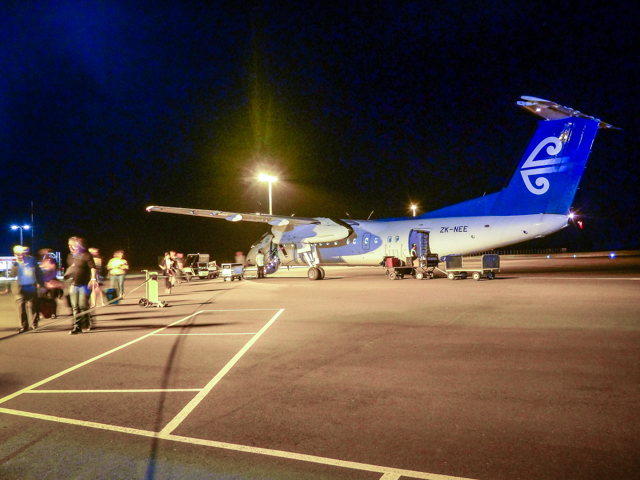
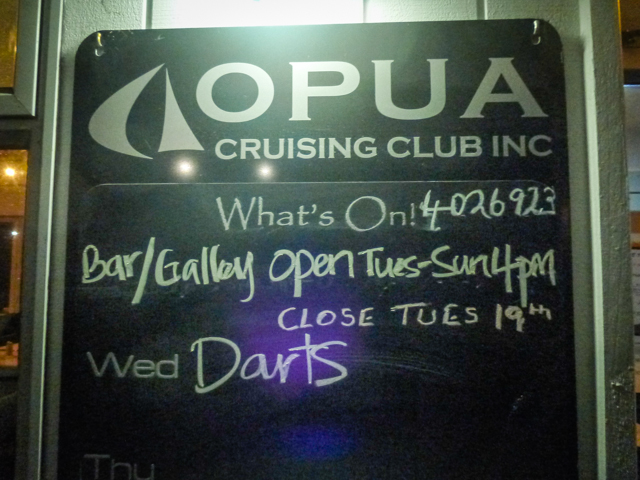
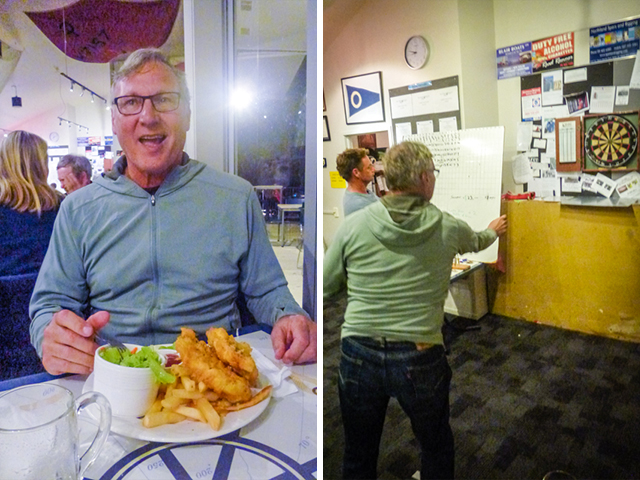
It worked out well, actually. We had some down time to explore the old whaling town of Russell and get out to the islands for a couple of days.
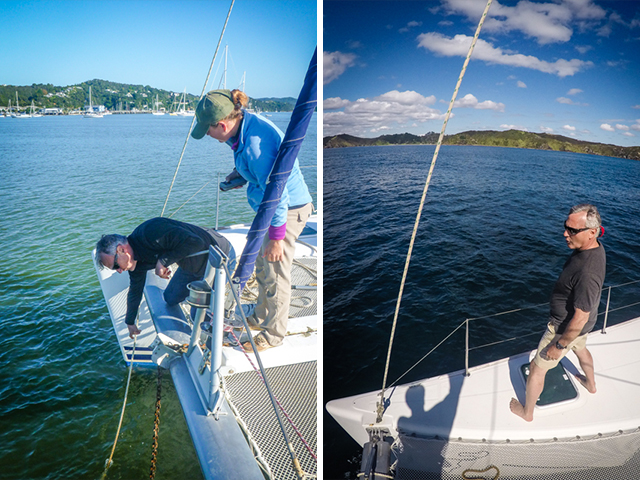
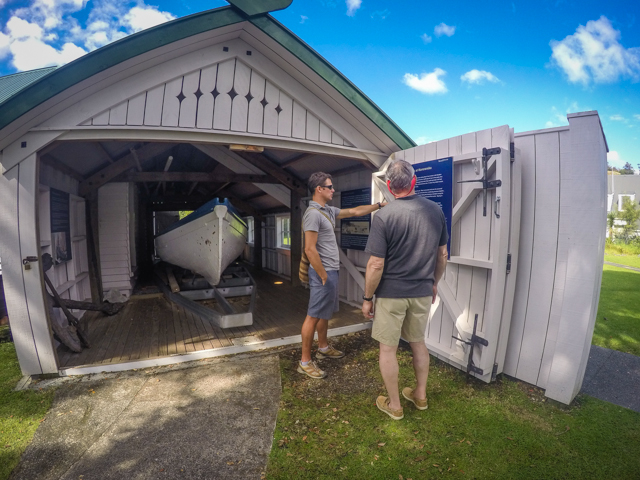
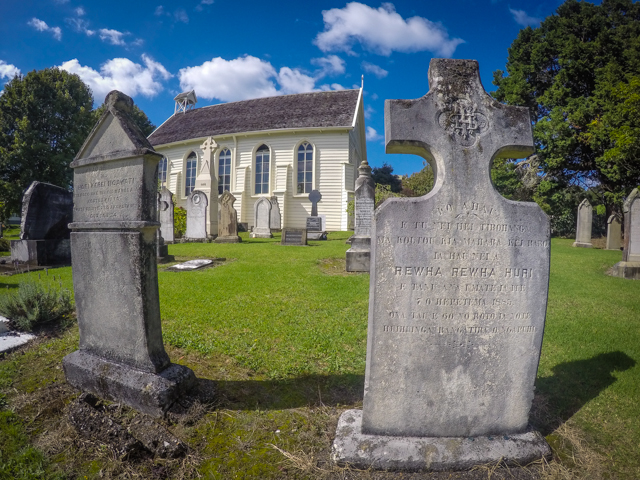
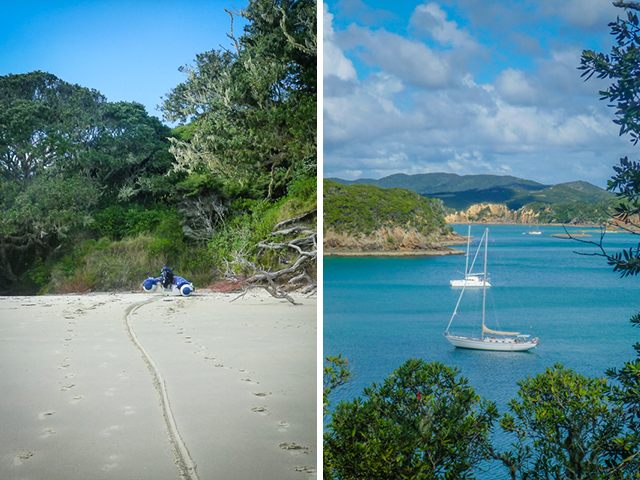
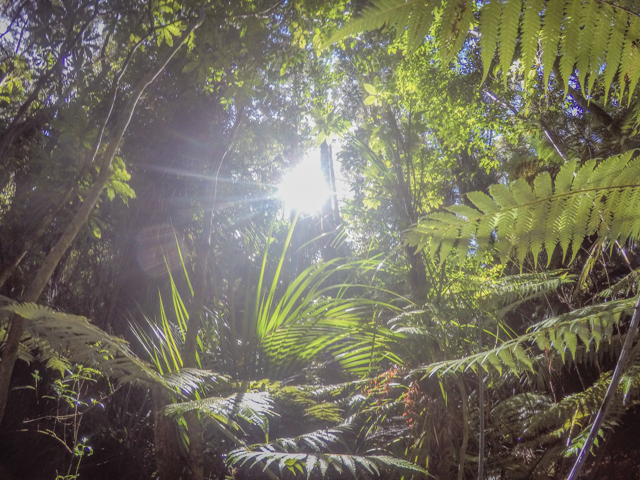
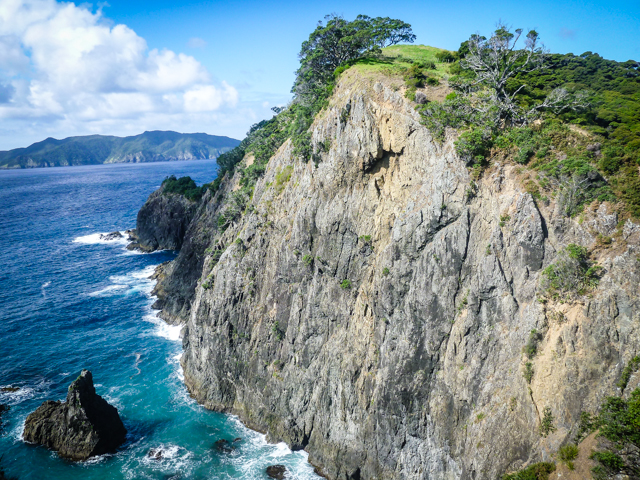
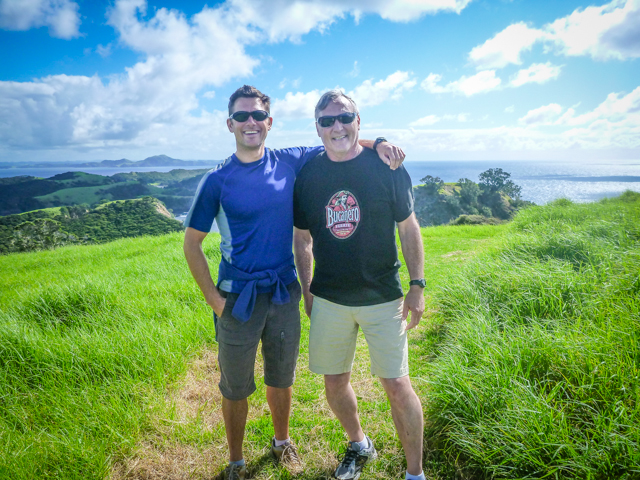
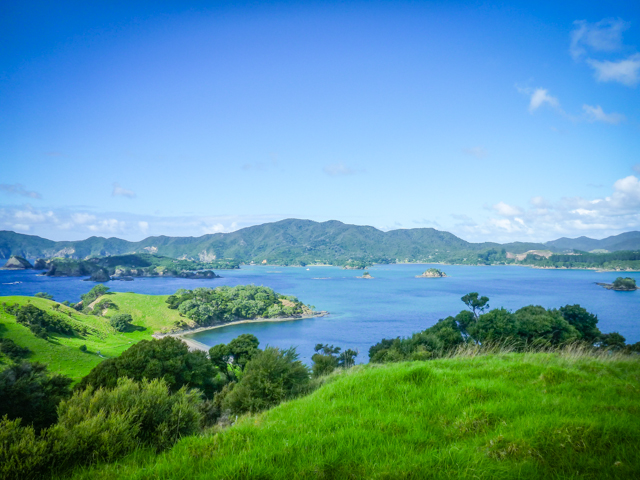

Now, before shoving off, we’re checking out of the country and replacing the lost ballast with provisions, water, and fuel. Can’t get too greedy about the speed. Looks like the passage weather will be good, worth the wait as a big ugly trough is ripping through The Ditch right now. Taz seems to be in good spirits.

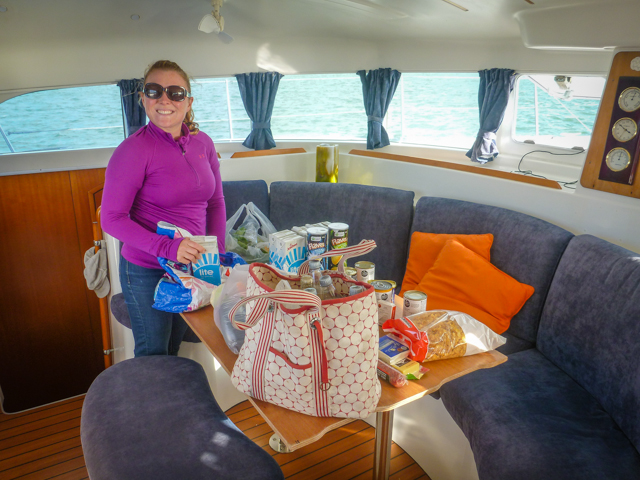
So now it’s time to go. That’s the short of it. Hauling anchor in the morning and out we’ll go on the falling tide. Back to the sea with Tayrona one last time.
